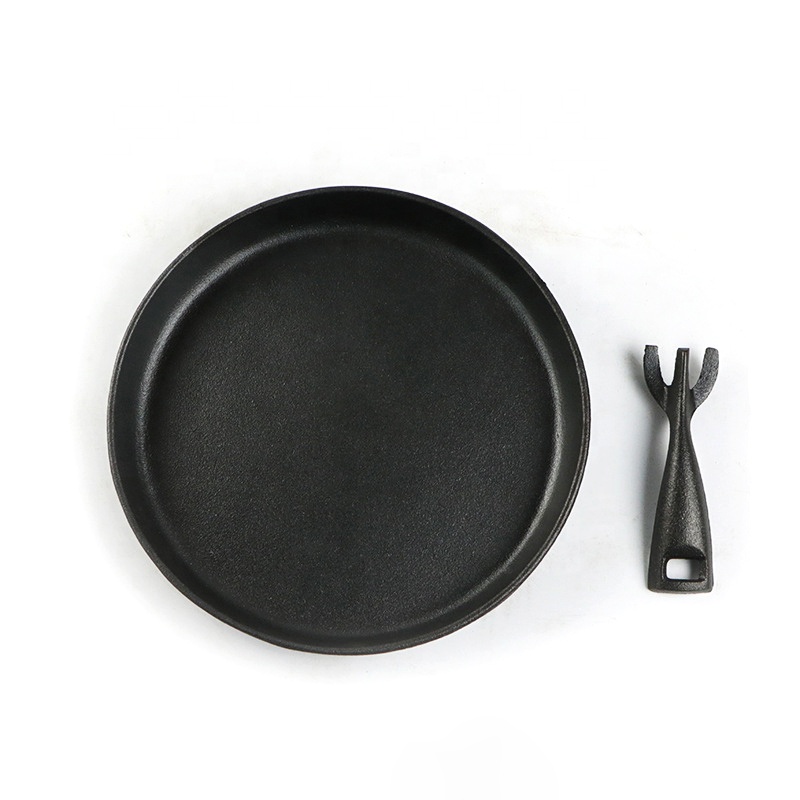
proper chinese wok
The Art of Proper Chinese Wok Cooking
Chinese cuisine is renowned for its vibrant flavors, diverse ingredients, and intricate techniques. At the heart of this culinary tradition lies the wok, a versatile cooking vessel that has been used for centuries. Whether you're stir-frying, steaming, or deep-frying, the proper use of a Chinese wok can elevate your cooking to new heights. This article explores the essentials of wok cooking, its history, techniques, and tips to ensure you harness its full potential.
The History of the Wok
The wok's origins date back over 2,000 years in China, where it was primarily designed for efficiency and versatility. Traditionally made from carbon steel or cast iron, the wok is characterized by its rounded bottom and high sides, allowing for even heat distribution and easy tossing of ingredients. This design enables cooks to use the direct heat of the flames while allowing the food to be stirred and flipped, contributing to a superior texture and flavor.
Selecting the Right Wok
When choosing a wok, there are several factors to consider. Carbon steel woks are popular among professional chefs for their quick heating and excellent heat retention. They develop a natural non-stick surface when properly seasoned, making them ideal for high-temperature cooking. Cast iron woks are also a great choice for slow cooking and braising but require more maintenance to prevent rusting.
The size of the wok is another consideration. A 14-inch wok is perfect for family-sized meals, while a smaller 10-inch wok is suitable for individual portions. Ensure that the wok has a comfortable handle and a stable base for ease of use.
Mastering Wok Techniques
To become proficient in wok cooking, it's crucial to grasp a few fundamental techniques
1. Stir-Frying This method is emblematic of wok cooking. Start with high heat, add oil, and ensure the wok is hot before introducing your ingredients. Always add them in batches, starting with those that take longer to cook, such as proteins, followed by vegetables. Keep the food moving to prevent burning and promote even cooking.
proper chinese wok

2. Braising For dishes that require a long cook time, braising can be done in a wok. After stir-frying, add a small amount of liquid (like broth or wine), cover the wok, and reduce the heat to allow the food to slowly cook and absorb flavors.
3. Steaming You can transform your wok into a steamer by placing a bamboo steamer or a heat-proof plate on top of a steaming rack or a small bowl inside the wok. Place water in the bottom, bring it to a simmer, and add your food to the steamer. Cover with a lid for perfectly steamed dishes.
4. Deep-Frying A wok's shape is ideal for deep-frying, as the high sides minimize oil splatter while allowing for easy stirring. Fill the wok with enough oil, heat it to the appropriate temperature, and carefully add your ingredients.
Tips for Successful Wok Cooking
- Prep Your Ingredients Before you start cooking, prepare all your ingredients. Cut vegetables and proteins into even-sized pieces to ensure uniform cooking. Have them within reach, as wok cooking is fast-paced.
- Use the Right Oil Choose oils with high smoke points such as peanut oil, canola oil, or grapeseed oil for stir-frying and deep-frying. These oils can withstand the high temperatures of wok cooking without burning.
- Season Your Wok If using a carbon steel wok, season it before the first use and regularly throughout its lifespan. This creates a natural non-stick surface and enhances flavor.
- Experiment with Flavors Chinese cuisine encompasses a vast array of flavors. Don’t hesitate to explore different sauces, marinades, and spices to create unique dishes that cater to your palate.
In conclusion, mastering the proper Chinese wok techniques can transform your cooking and allow you to explore the rich tapestry of flavors that define Chinese cuisine. With the right equipment, methods, and a little practice, you can bring the joy of wok cooking into your kitchen and share delicious meals with family and friends. Whether you’re an experienced chef or a culinary novice, the wok is a gateway to culinary artistry and a timeless symbol of Chinese cooking traditions.
-
Premium Red Cast Iron Cookware Set Durable & Even Heating Kitchen EssentialNewsApr.29,2025
-
Premium Enameled Bakeware Nonstick, Durable & Versatile DesignsNewsApr.29,2025
-
Heavy-Duty Cast Iron Flat Griddle – Even Heating & Versatile UseNewsApr.28,2025
-
Camp Oven 12 Quart - Durable Cast Iron, Portable Outdoor Cooking SolutionNewsApr.28,2025
-
Durable Cast Iron Stand for Pots Protect Countertops & OrganizeNewsApr.28,2025
-
Double-Sided Cast Iron Grill Pan Dual-Surface Indoor/Outdoor CookwareNewsApr.27,2025


